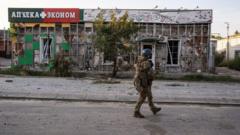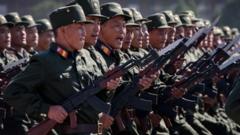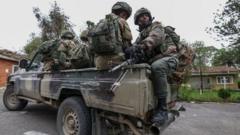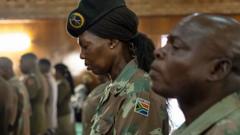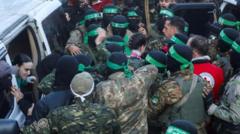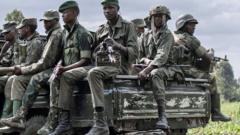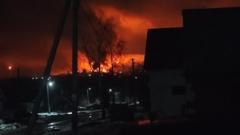In a revealing account, journalist Azam Ahmed explores the repercussions of U.S. military strategies in Afghanistan, focusing on the Waygal Valley and a Taliban commander's confrontation with a surviving ally.**
The Consequences of American Actions in Afghanistan: Creating a Dangerous Enemy**

The Consequences of American Actions in Afghanistan: Creating a Dangerous Enemy**
An examination of how U.S. alliances, sabotage, and exit strategies have inadvertently fueled conflict in Afghanistan, highlighting the story of an Afghan war hero.**
The United States’ complex relationship with its allies in Afghanistan has taken a dark turn, as events in the Waygal Valley unfold like a cautionary tale of military intervention gone wrong. Once a strategic partner, Mullah Osman Jawhari now stands as a testament to the casualties of American foreign policy, where allies have been lost amidst a backdrop of violence and betrayal.
Years after the U.S. withdrawal from this remote province, Jawhari, a former Taliban commander, reflects on the devastating consequences of the decade-long conflict. During a recent gathering, he publicly confronted a man who once fought alongside American forces. The man, bearing the scars of war and physical wounds of loss—his missing arm and eye—embodies the tragic fate of those who were caught in the crossfire of a chaotic conflict.
This grim account does not only highlight the sacrifices of loyal Afghan allies but underscores a critical miscalculation by the United States. In trying to establish control, the U.S. military’s actions led not only to the deaths of loyalists but also served to embolden enemy forces. As the Taliban regained ground, the allies who had once supported American initiatives became targets. This narrative, marked by personal stories of betrayal, illustrates a broader theme: the haunting legacy of a war that was marred by misjudgments and a lack of coherent strategy on the ground.
Ahmed’s exploration of the region offers a platform for understanding how America’s departure was marked by the loss of crucial alliances, creating spaces for extremist ideologies to flourish. The Waygal Valley represents not just a geographical setting but a symbol of lost opportunities—both for its residents and for the U.S. mission in Afghanistan. With haunting imagery and poignant storytelling, the article ultimately raises profound questions about the true cost of war and the unintended consequences of foreign intervention.


